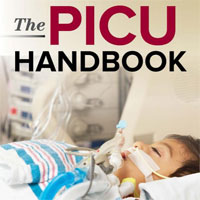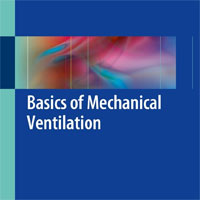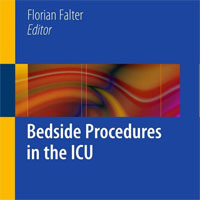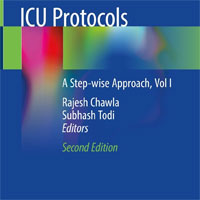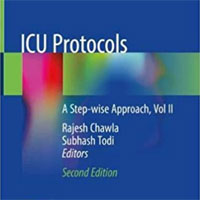Tag: fluid therapy
Natriuretic Peptide–driven Fluid Management during Ventilator Weaning
Our results suggest that a BNP-driven fluid management strategy decreases the duration of weaning without increasing adverse events, especially in patients with left ventricular systolic dysfunction. In a randomized controlled... read more
Expert Consensus on Methodology for Conducting and Reporting Echocardiography Research Studies
Echocardiography is a common tool for cardiac and hemodynamic assessments in critical care research. However, interpretation (and applications) of results and between-study comparisons are often difficult due to the lack... read more
Using Dynamic Variables to Guide Perioperative Fluid Management
Intravenous fluid administration is an integral part of patient management during anesthesia. This practice has a strong clinical rationale since a decrease in blood volume, either present before or developing during surgery,... read more
Enteral Fluid Resuscitation? The WHO to the rescue in the ED/ICU?
Prior to the 1970's, restricting oral intake was a "cornerstone" therapy of diarrheal illness, due to the pervasive belief that the GI tract needed time to heal and recover before resuming normal function. This was felt... read more
The End-expiratory Occlusion Test
There is growing evidence that the end-expiratory occlusion (EEO) test reliably detects preload responsiveness. It is easier to perform than passive leg raising and has less limitations than pulse pressure variations, provided... read more
WHO Guidelines Regarding Fluid Administration for Coronarvirus Are Dangerously Misguided
Portions of the current WHO guidelines regarding fluid management are dangerously misguided. The first two recommendations suggest limiting fluid administration in patients with ARDS and patients who aren't shocked, to... read more
Hypertonic vs. Hypotonic, Osmolality, and Other Fun Nursing Concepts
The basic concepts underlying the body's mechanisms for keeping systems functioning are complex processes involving the ebb and flow of fluid and molecules controlled by several systems. It is a delicate balance and one... read more
Automated Anesthetic Management Outperforms Manual Control and May Have an Impact on Delayed Neurocognitive Recovery
Among older, non-frail patients undergoing moderate and high-risk noncardiac surgery, an automated anesthetic management using the combination of three independent closed-loop systems outperformed manual control and may have... read more
Intravenous Fluid Therapy in Critically Ill Adults
Despite the administration of intravenous fluids to critically ill patients being a near-universal intervention, the available evidence base guiding their safe and appropriate use is scarce and derived mainly from academically... read more
A Positive Fluid Balance is an Independent Prognostic Factor in Patients with Sepsis
Intravenous fluid administration is an essential component of sepsis management, but a positive fluid balance has been associated with worse prognosis. We analyzed whether a positive fluid balance and its persistence over... read more
We Should Avoid the Term “Fluid Overload”
Using the right word or phrase to describe a specific pathologic process/patient diagnosis and/or status is important, not only within the intensive care unit team, but also when we communicate with external consultants.... read more


